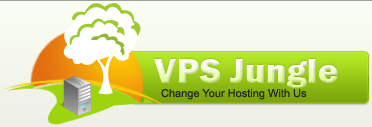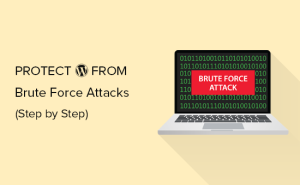Introduction on How to Protect WordPress Against Brute Force Attack
A brute force attack is a method used by hackers to gain unauthorized access to a system, website, or application by systematically trying all possible combinations of usernames and passwords until the correct one is found. It’s essentially a trial-and-error approach where the attacker tries every possible combination until the correct credentials are discovered.
Brute force attacks can be particularly effective against weak passwords or poorly protected systems. However, they can also be resource-intensive and time-consuming, especially if strong security measures such as rate limiting, CAPTCHA challenges, or multi-factor authentication are in place.
If the website is built with word press keeping it secure should be the top priority. Among the many security attacks, brute force attacks, despite being an old technique, continue to be the most common.
Ways to protect your word press against Brute Force Attack: –
Limit Login Attempts
Use Strong Passwords
Two-Factor Authentication (2FA)
Change Default Admin Username
Update WordPress Regularly
Use a Firewall
Hide WordPress Version
Disable XML-RPC
Secure wp-config.php
Implement IP Whitelisting
Monitor Login Activity
Backup Your Website
1. Hide the WordPress Admin Login Page
WordPress by default has its login page as either one of the following:
- /wp-login.php
- /login
- /wp-admin
- /admin
Gaining access to login pages, particularly the admin login, provides hackers with unrestricted access to the entire site.
There are many ways to hide the login area, including using a plugin which allows you to change the admin login to another URL of your choosing. When someone tries to access wp-admin/wp-login.php/login/admin, they will get a 404 error.
2. WordPress Two-Factor Authentication (2FA)
WordPress Two-Factor Authentication (2FA) is another effective security measure to protect WordPress site. 2FA adds an additional layer of security to the login process by requiring users to provide two forms of identification: their password and a second factor, typically a code sent to their mobile device or generated by a mobile app.
- A unique password (OTP) sent by SMS/e-mail
- A phone call
- A QR code
- A push notification
Implementing 2FA can significantly enhance the security of your WordPress site by adding an extra layer of protection against unauthorized access, even if passwords are compromised. It’s a recommended security measure for any WordPress site, particularly those handling sensitive data or experiencing frequent login attempts.
3. Cloud-Based Security Plugins
While traffic is beneficial to any website, excessive bad traffic depletes your server’s resources. Similarly, limiting the number of users who can enter your site at the same time protects you from distributed denial of service (DDoS) attacks. Popular cloud security plugins such as Sucuri or CloudFlare not only Protect WordPress against brute force login attacks, but also other security threats such as DDoS, spam, and bots. They provide complete protection for your WordPress site. Examine the security measures provided by your hosting provider for your website.

